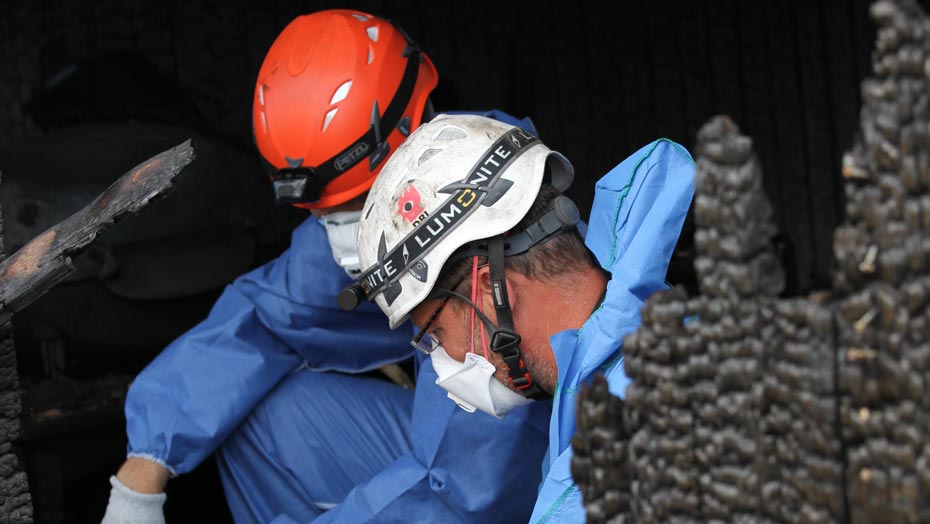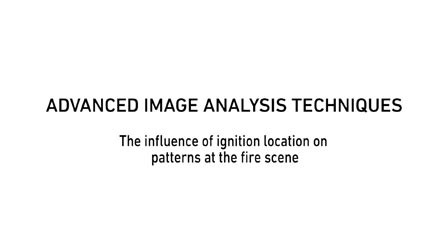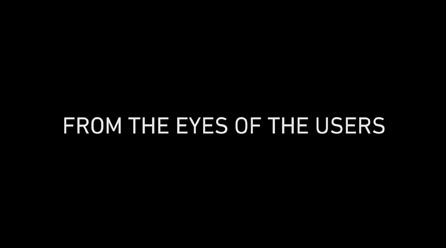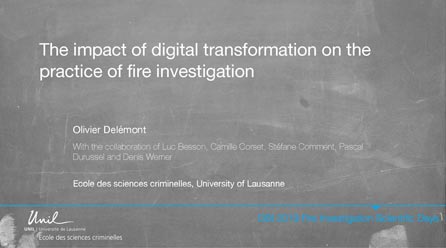Thank you
Thank you for participating in the Fire Investigation Scientific Days. Below you can find video clips from the day 1 and PowerPoint presentations from day 1 and 2. If you have any comments or questions, please, don't hesitate to contact us.
KIm Hansen
Giorgio Marinelli




